Wild garlic (Allium ursinum)
Hello dear Hive Community, I wish you a nice Friday and hope you were able to use your day creatively and productively! Earlier I have already presented you an interesting wild plant and would like to introduce you to another one that I photographed in this post. As always, I hope that you find the contribution useful and maybe one or the other can learn something new!
Wild garlic can be seen here, which is also scientifically called Allium ursinum. This perennial and hardy plant is mainly common in Europe as well as parts of Asia and you can often find it in humid forests or near waters and it prefers nutrient-rich soils. The lighting conditions are relatively undemanding and it copes well with shady or semi-shaded places and usually grows in groups. From about March to May, depending on the weather, the plant sprouts and can reach a height of 20-35 centimeters and also as a garden plant it is appreciated by many people.
Allium ursinum is edible and fits well in salads and is also well suited for further processing, for example as a pesto. Attention: It is important to know that there is a plant with which you can easily confuse it and bears the name lily of the valley (Convallaria majalis), you can distinguish it well by the smell, when you rub the leaves of wild garlic between your hands, an unmistakable aroma is reminiscent of garlic.
There are many good reasons to consume it and it has many positive medicinal properties, it works, for example, antibiotic, anti-inflammatory and also to detoxify of heavy metals, it can be successful. It is best to consume it fresh, because due to drying, the active ingredients are lost, which are on the other hand vitamins and important other trace elements, it contains similar active ingredients as garlic by the way. As with any other medicine, you should always ask your doctor about the right dosage as well as possible side effects and the correct application!
By the way, the Latin name is associated with urus, which is a name derived from the bear. Even in the Middle Ages, wild garlic was already very appreciated and is very mythologically anchored. In the past, the plant was used as a protection against witches, fortunately humanity is now a little further and knows that witches are not as evil as they are often depicted, in truth witches are healers.
Wild garlic can also be found in Germanic and Celtic mythology and it was considered a sacred plant and love potions were also prepared from it in the past. I was also able to find out that it was already used by the ancient Romans as a remedy and it is also considered a symbol of power and strength. In general, it is clear from many medieval writings how Allium ursinum was used for medicinal properties and it is one of the most interesting medicinal plants that can be found.
Many thanks for stopping by and watching! I used my camera Sony Alpha 6000 and Sony SEL-55210 Telephoto Zoom Lens (55-210mm) to take these pictures.

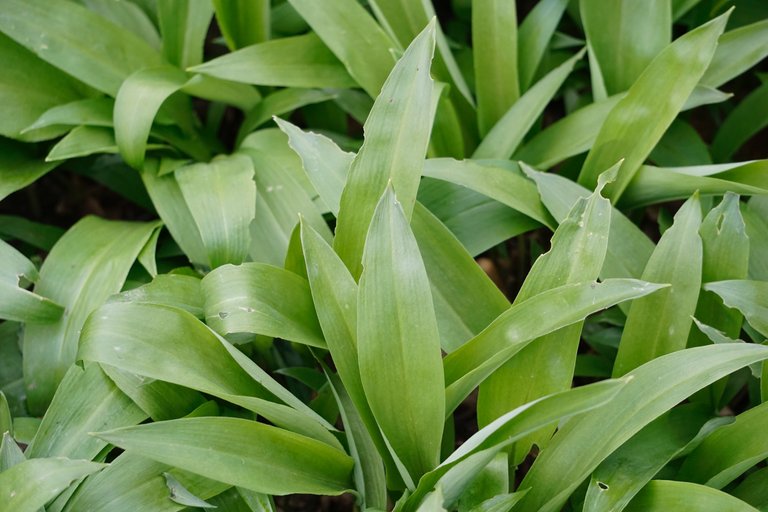
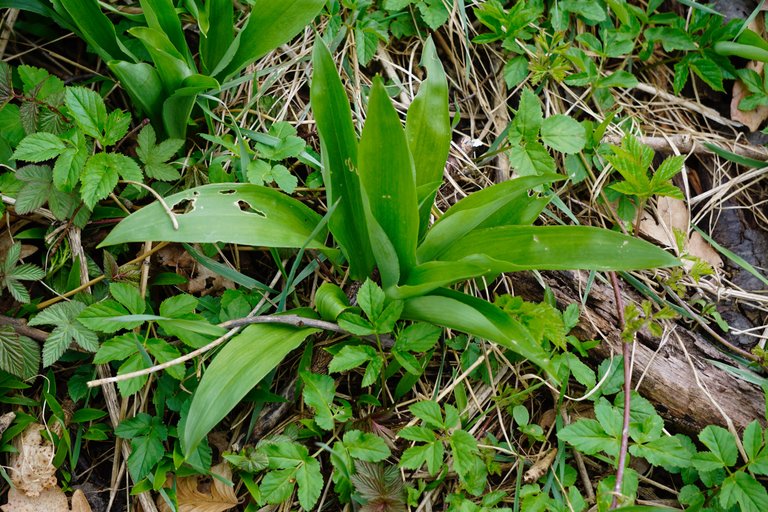

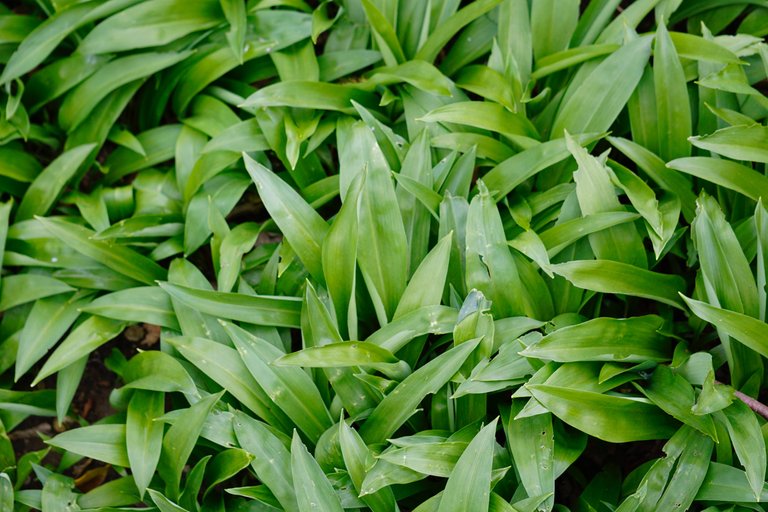


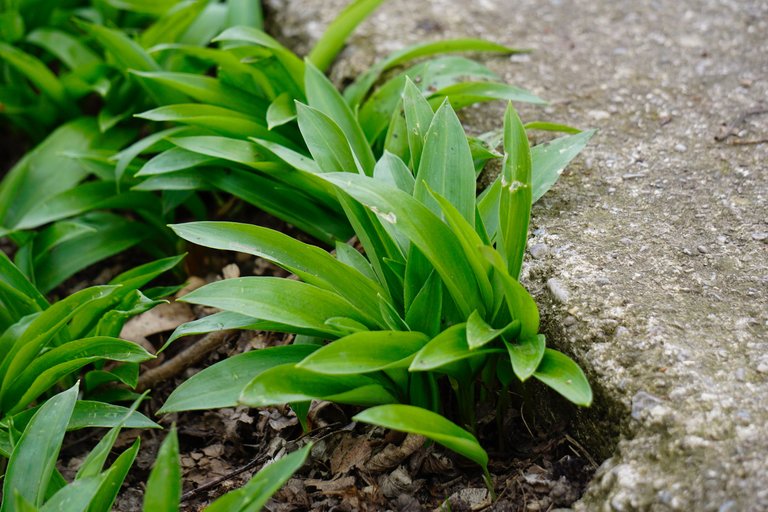
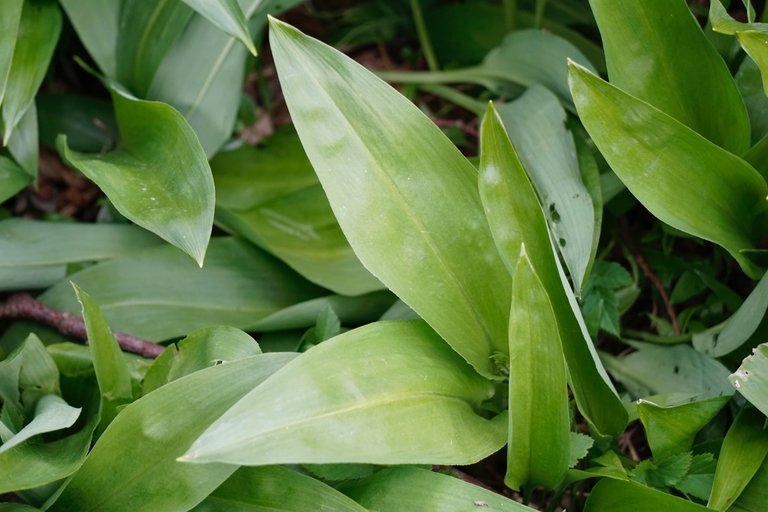
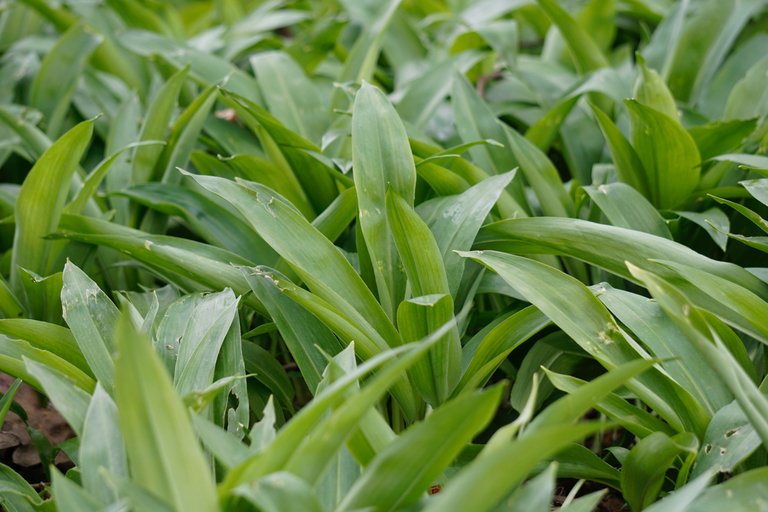
Nice hobby, look like nice Latin plant in these photos, planting is an interesting work hope you got the good results
Thank you for your motivating words!
It is very impressive that this plant can be used in multiple purposes thanks for introducing with us.
Thanks for stopping by and the kind words dear @tornad
You are always welcome dear and you deserve these words because you are doing very much to enhance our knowledge about plants.
After reading each post of yours my knowledge is increasing so much like the way you explained about this plant today that it can be used to make salad too.
Wild Garlic is really diverse and also perfect to process it further! Great that you are also interested in plants and my post offers a puzzle piece to expand your knowledge!
Thanks for sharing.
Wild garlic its very helpful in medicine use
True :)